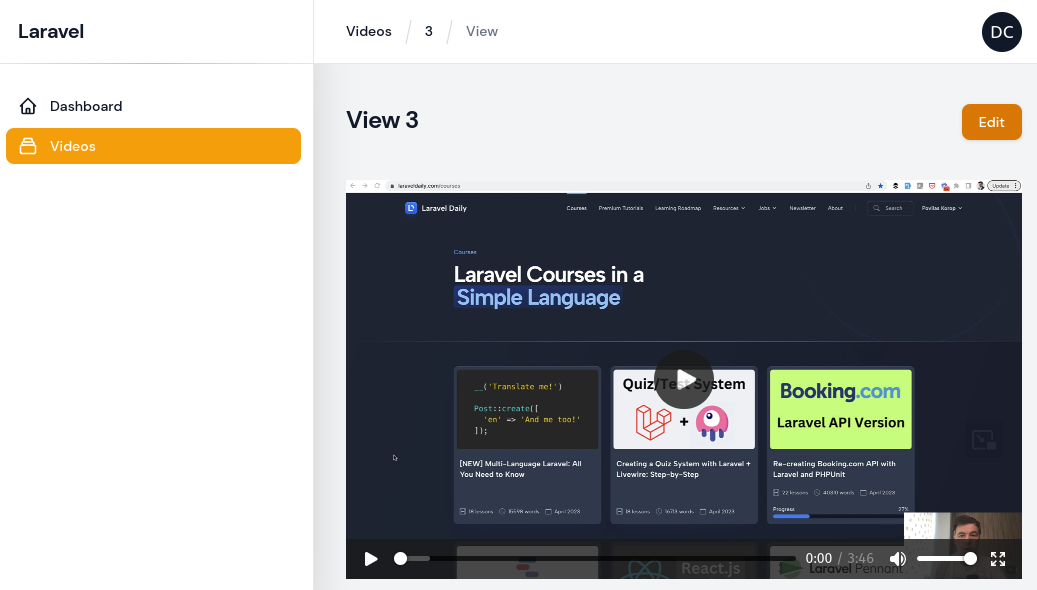https://www.ammoland.com/wp-content/uploads/2023/05/borschardt-500×459.jpg

U.S.A. — “Borchardt Lowe. #1062, cased w/ accessories,” the placard for the historical arm on display at April’s NRA Annual Meeting in Indianapolis read. “Borchardts were customarily sold as a cased ensemble that included a shoulder stock with attached holster, a cheekpiece, four matching magazines…”
“Designed by Hugo Borchardt and manufactured by Ludwig Lowe of Berlin between 1893 and 1899, the Borchardt was the first successful automatic pistol design,” a description from Rock Island Auction Company explains. “The distinctive Borchardt design features a toggle action, centrally located trigger, grip and eight-round magazine and detachable wooden stock that attaches to a lug on the rear of the pistol receiver.”
Not being a collector of older firearms, curios, or relics, or even passingly informed on them, this was new to me. And for those who might balk at the word “automatic,” friend and firearms designer Len Savage of Historic Arms, LLC helped clear that up in a report on AR-15 sales actually predating the M16 being issued to military units.
“In 1968 firearms industry terminology ‘automatic rifle’ means the same as ‘auto-loading rifle,’ i.e., a rifle that loads itself for the next shot,” Savage recalled. “Even in 1979-1980 when I took my hunters’ safety course the State of Michigan used the two terms interchangeably throughout the course.”
Back to the Borchardt, seeing a semiauto and a pistol with an attachable stock from the Nineteenth Century being accepted at the time without hysteria makes it fair to wonder what all the outrage is about today, and the answer, of course, is that it’s all being drummed up for effect. Still, I wondered, with the current ridiculous overreach by ATF to issue a rule banning stabilizing braces because they can act like an extension that when shouldered somehow magically transitions a handgun into a short-barrel rifle, what could we learn from history that might be useful in fighting back such unconstitutional power grabs?
In light of the Bruen decision, where “text, history, and tradition” of the Second Amendment at the time it was written is what informs us as to what the Founders understood the right to protect, I couldn’t turn to the Borchardt – that would play right into the hands of the gun prohibitionists, who, unable to identify Founding-Era infringements have tried turning to later laws, including post-Civil War edicts intended to keep freed blacks disarmed.
The question to be answered: Was there a counterpart at the time the Bill of Rights was ratified?
The first person I thought to ask was Jeff John of Art in Arms Press, my editor for years beginning at Guns and Ammo in 1999, then on to Handguns and, until a few years back, Guns. A researcher, writer, and photographer, Jeff does know historical firearms, and I’ve let AmmoLand readers know about his authoritative books in articles including “Book Explores How War for Independence Revolutionized Firearms Technology,” “‘Weapon of War’ a Subject of Historic Interest and Contemporary Relevance,” and “‘FG42’ Profiles Revolutionary, Near-Forgotten Classic in Words and Pictures.”
“On the European front, I found this,” John replied, linking to a Bonhams international auction house entry featuring:
“An Unusual Pair Of Liège Flintlock Blunderbuss-Pistols With Spring Bayonets And Detachable Shoulder-Stocks Signed Gosuin, Liège, Late 18th Century.”
Bingo. And there was more.
“On the British front, this one has a stock looking just like today’s brace,” he remarked, referencing another Bonhams offering:
“A Fine And Rare Cased 28-Bore Flintlock D.B. Travelling Pistol With Attachable Shoulder-Stock.”
Armed with this knowledge, I approached Stephen Stamboulieh, the attorney representing me and other plaintiffs in several cases and Freedom of Information Act efforts involving bump stocks, Hunter Biden’s 4473, State Department Fast and Furious communications, the Sutherland Springs killer’s court-martial records, and more.
I shared what I’d found out so far and asked “Do you know any attorneys arguing pistol braces based on the Bruen standard who are submitting information like this?”
“I’ll have to send you our brace complaint. We have tons of stuff in there,” he replied. I should have known he’d be on top of it.
“Here ya go. Yes, we go back to the Founding,” he followed up, attaching a complaint by parties including the State of Texas, Gun Owners of America, Gun Owners Foundation, and private citizen/FFL Brady Brown against ATF. “The pics start on page 70.”
“It is a massive case,” he advised. “We are currently waiting for the judge to rule on whether or not to grant a preliminary injunction.”
He wasn’t kidding. The complaint, embedded below is a treasure trove of examples from even before the Second Amendment was written, presenting photographic examples including:
- 1720 Flintlock Pistol with Stock
- 1750 Flintlock Pistols with Stocks
- 1760 Flintlock Grenade Launcher
- 1780 Flintlock Pistol w Stock
- 1760-1820 Flintlock Pistol Carbine with detachable stock
- 1790 Flintlock Blunderbuss Pistols – w detachable stocks (and bayonets)
- 1795 Flintlock Blunderbuss – 15” barrel
“Such weapons continued after the ratification era, through the incorporation of the Fourteenth Amendment,” the complaint continues, presenting further examples from 1820 through to the 1940s, with the notation:
“Such firearms were never restricted with respect to who could possess them and were never required to be registered until passage of the NFA. See Bruen at 2137 (“[P]ostratification adoption or acceptance of laws that are inconsistent with the original meaning of the constitutional text obviously cannot overcome or alter that text.”).”
The Founders knew about pistol braces and had no problem with them. And not to put too fine a point on things, but short barrels weren’t an issue with them either. Banning them today imposes infringements the government is expressly forbidden to make.
That’s not just unconstitutional. It’s deliberately in-your-face tyrannical.
About David Codrea:
David Codrea is the winner of multiple journalist awards for investigating/defending the RKBA and a long-time gun owner rights advocate who defiantly challenges the folly of citizen disarmament. He blogs at “The War on Guns: Notes from the Resistance,” is a regularly featured contributor to Firearms News, and posts on Twitter: @dcodrea and Facebook.
AmmoLand Shooting Sports News



